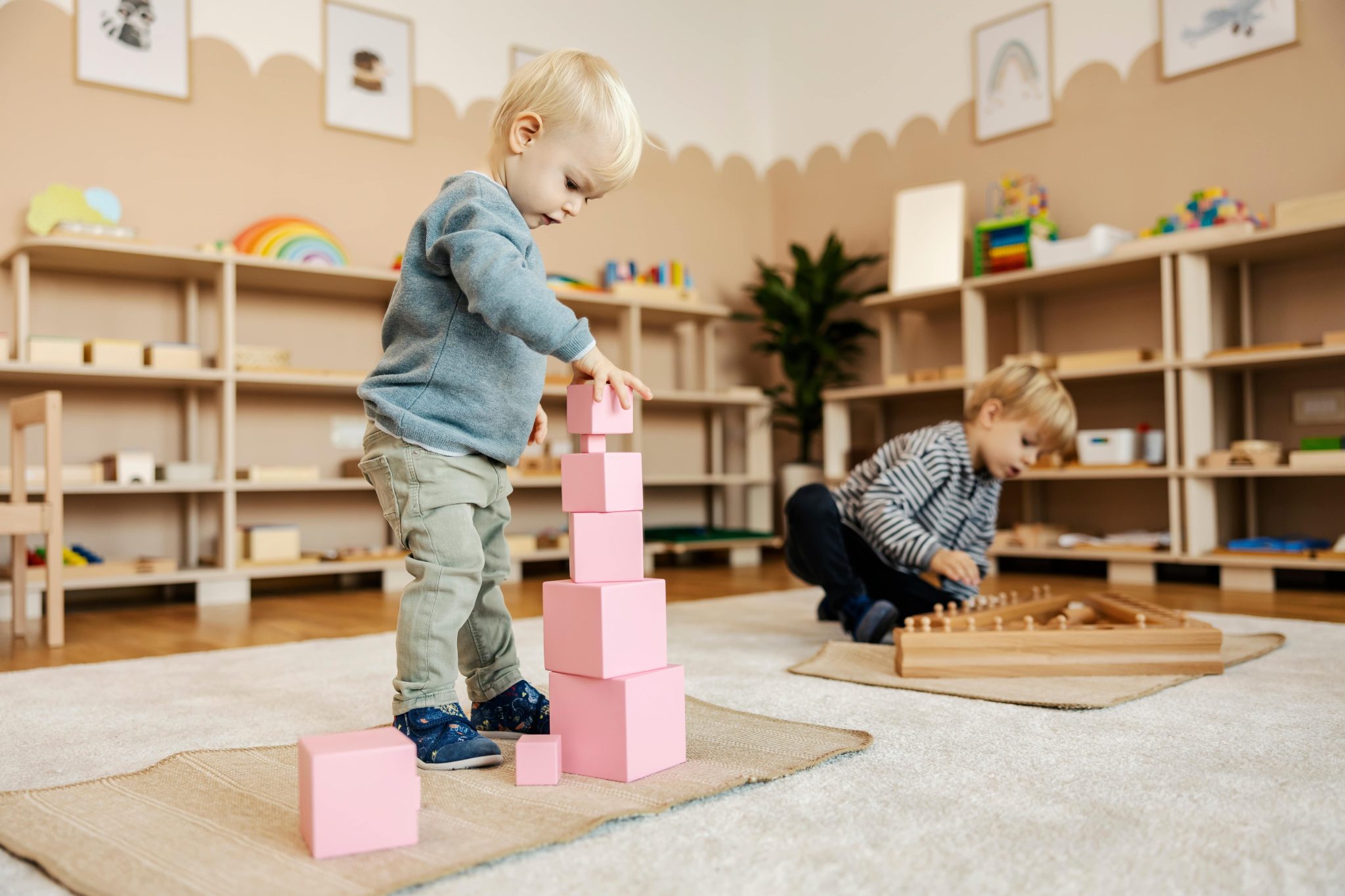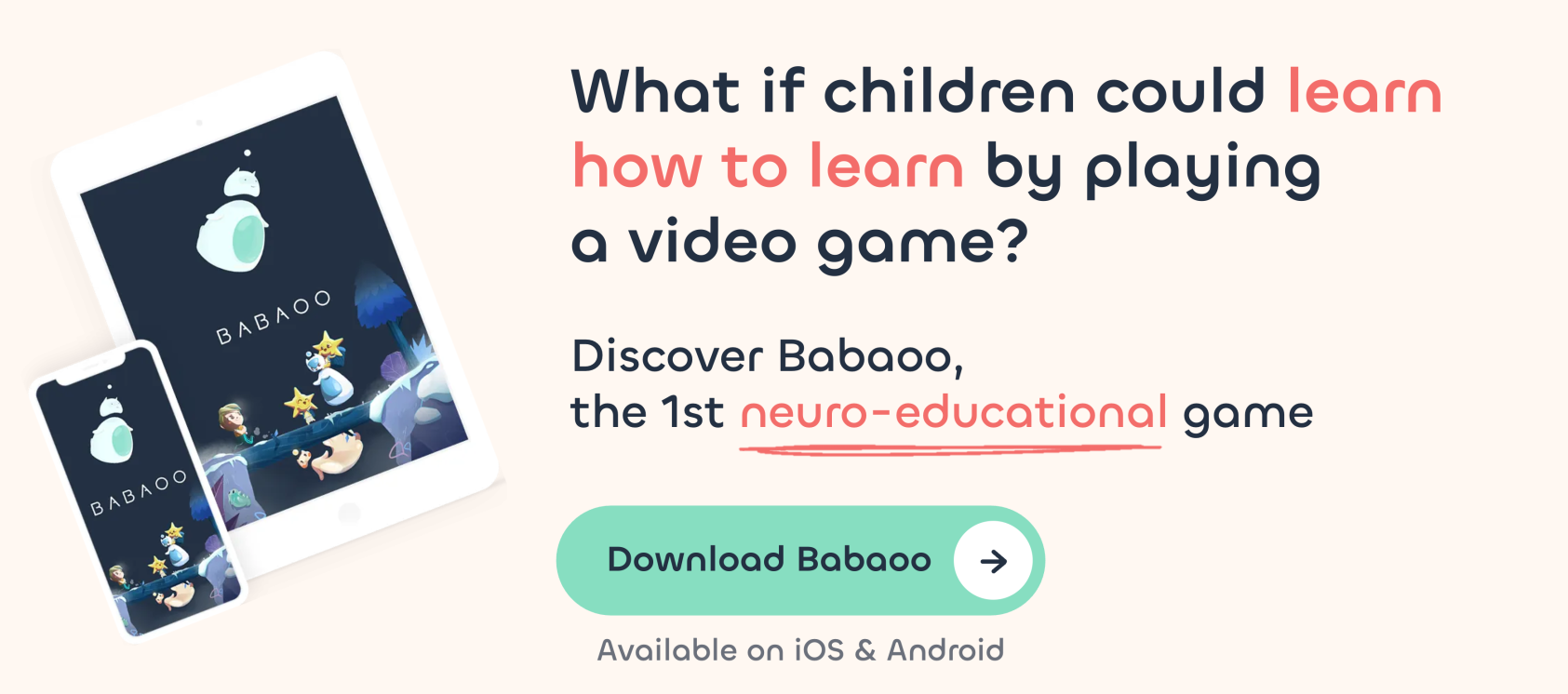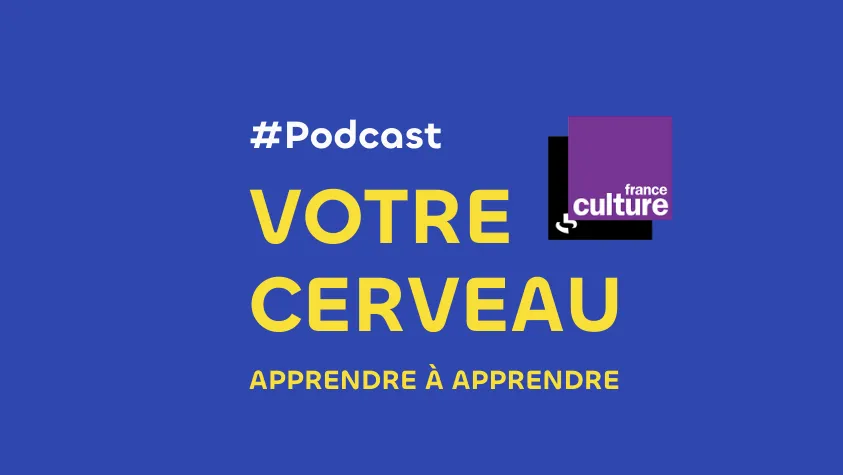
What is Montessori Education?

Who was Maria Montessori?
Maria Montessori, born in Italy in 1870, was her country’s first female doctor. Her career began in the field of psychiatry, but her interest in education led her to observe children evolving in environments of great poverty. She found that, in the right environment, these children could learn and make significant progress. Her observations and research led to the creation of the Casa dei Bambini in 1907, the first Montessori school in Rome, marking the beginning of a pedagogical revolution.
Babaoo’ Tip 💡
Would you like to learn more about the extraordinary life and work of this visionary woman? We recommend these 2 excellent books:
- Maria Montessori, l’école de vie, published by Marabout, which retraces the life and struggles of the Italian pedagogue in the form of a graphic novel.
- Maria Montessori, in the “Petite et Grande” collection from Editions Kimane, a full-color illustrated album to introduce children aged 3 and up to the Italian pedagogue.
The principles of Montessori Pedagogy
Montessori pedagogy is based on several key principles:
- Education as an aid to life: encouraging autonomy and respect for each child’s own learning rhythm.
- The importance of the environment: creating an orderly, aesthetic and child-friendly space, where every element has its purpose.
- Sensory learning: use specific materials that enable concrete, tangible didactic experience of abstract concepts.
- The role of the educator: observe and guide the child on his learning journey, rather than directing him.
Montessori: an environment where the child “does what he wants”?
Montessori’s pedagogical foundations are based on the conviction that the child is a “natural learner”, endowed with an innate ability to develop autonomously in a prepared and stimulating environment.
This autonomy should not, however, be confused with laissez-faire, since the child only accesses what the adult has planned to make accessible to him or her. Rather, it’s a matter of allowing the child to choose his or her activity from a set of activities prepared and presented by the educator, which support the child’s learning progression. This free choice, constrained by a defined pedagogical framework, encourages the child’s decision-making, concentration and deep involvement in tasks that are always structured.
The importance of setting and materials
The Montessori environment, rich in materials that children can grasp, invites everyone to engage their bodies and minds in an active exploration of the concrete, laying the foundations for an interest in learning increasingly abstract concepts.
Montessori materials
The materials with which children interact to build their skills are designed to follow the natural progression of learning, from simple to complex, and from concrete to abstract, in perfect alignment with the sensitive periods of development in children. This holistic approach aims to cultivate not only academic skills, but also social, emotional and physical ones, and thus promotes a complete and balanced education.
From ages 3 to 6, children interact with materials that are essentially sensory, i.e., materials that enable them to experience an abstract concept directly and concretely. The concept of a letter, for example, will be constructed by the child through touch by its tracing on a rough letter, or in sand.
Exploration at the heart of learning
In Montessori pedagogy, the material, a learning medium in its own right, is designed with a precise pedagogical intention. Often self-correcting, they enable children to assess their own progress and adjust their approach without direct adult intervention.
This autonomy in learning reinforces the child’s self-confidence, independence and intrinsic motivation, at the same time as inviting him to explore, discover and understand the world around him through his own sensory and intellectual experiences.
Examples of activities
- In French: learning to read with rough letters, composing words, developing phonological awareness through sound games.
- In Grammar: associate each kind of word with a visual symbol to facilitate grammatical analysis (e.g.: the verb is a rolling ball because it makes the subject active!)
- In Geography: explore the world through the manipulation of globes, rough maps and continental puzzles, to develop the construction of spatio-temporal landmarks but also awareness of orders of magnitude applied to surfaces, distances, etc.
- In Mathematics: such as number bars, golden beads or geometric solids to tackle abstract mathematical concepts such as number construction and base 10 numeration, the meaning of operations and operating techniques, or geometry.
How do we learn?
Using learning materials in 8 steps
The presentation of materials by the educator to the child, is the first stage of learning in Montessori pedagogy. Indeed, before using a material to support an activity, the child is presented with it by the educator, who chooses it according to the child’s age, level of development and interests. This modeling phase is designed to engage the child sensorially and intellectually, encouraging autonomy, concentration, and learning through discovery. Here are the key stages in the presentation of a Montessori material, illustrating a methodical and thoughtful approach that respects each child’s rhythm:
1. Preparing the Environment
- The choice of materials: The educator chooses materials adapted to the child’s age, level of development and interests.
- The organization of the space: The material is arranged in an orderly fashion on accessible shelves, inviting the child to explore.
2. Invitation
The educator invites the child to participate in an activity, making sure to capture his or her attention and interest.
3. Presentation
- Placement: The educator and child stand side by side, seated at a table or on a work mat, delineating a space specific to the activity.
- Demonstration: The educator shows how to use the equipment with precise, deliberate movements, without unnecessary words to enable the child to concentrate on the activity itself.
- Step by step: see “three-step lesson” detailed below, where each step is demonstrated sequentially, taking care not to rush the process so that the child can absorb each action.
4. Child participation
During the demonstration, the child is invited to handle the equipment himself. The educator observes without immediately intervening, allowing the child to make mistakes, experiment and learn on his own.
5. Observation
The educator carefully observes the child working, noting his interactions with the material, his concentration, his commitment and any difficulties.
6. Error feedback and (self)correction
The educator may decide to represent the material later to highlight a technique or step the child has not mastered, thus encouraging self-correction and independent learning.
7. Repetition
Children are encouraged to repeat the activity as often as they like. Repetition is key in the Montessori method, since it anchors the consolidation of skills and deep understanding. From a neuroscientific point of view, repetition promotes the creation and strengthening of neuronal connections.
8. Tidying up
After finishing, the child learns to put the material away in its original place. This is an integral part of the activity, teaching order, respect for the learning space and preparation for future users.
The discovery of new equipment requires a delicate, thoughtful interaction between educator and child. This is based on mutual respect, patience and trust in the child’s ability to actively engage in his or her own learning process. This structural framework enables the child to develop not only academic skills, but also qualities such as self-confidence, self-discipline and intellectual curiosity.
Focus on the 3-step lesson
The 3-step lesson is a material presentation plan designed to teach concepts simply and effectively. It unfolds in three stages:
-
- SHOw: the educator shows, by name, the learning object
- NAME: the educator asks the child to show him/her the learning object
- IDENTIFY: the educator points to the object and asks the child to name it.
Let’s illustrate this process with the example of learning to name letters, where rough letters can be used as material, a sensory material where each letter is both visible and palpable to the touch.
1st step: NAME. The educator presents 3 letters written in cursive, say A, M, and S. Touching each letter, he clearly names: “This is S,” “This is A,” and “This is M.” The aim is to create a first encounter between the child and the material, associating the name with form and sensation. Enunciation is in fact coupled with the sensation of the letter, whose rough outline on the material is followed.
2nd step: SHOW. The educator asks the child to show the letters: “Show me A,” “Show me M,” and so on. This helps the child associate the sound with the corresponding letter.
3rd step: IDENTIFY. The educator points to a letter and asks, “What’s that?” encouraging the child to remember and pronounce the letter name himself.
This method promotes effective memorization and a deep understanding of letters, laying the foundations for reading and writing.
What about Transfer?
Once the “NAME – SHOW – IDENTIFY” cycle has been mastered with these 3 letters in cursive, the educator can propose other representations of these same letters, in a different font for example.
The educator can then propose another 3-step lesson where this time it will be a question of knowing how to name, show and identify, everyday words whose name contains the sound produced by each of the 3 letters: among animals (for example: ChAt, Snake, Penguin), or again, with the first names of the children in the class.
What does a Montessori school look like?
A Montessori school is characterized by multi-age classes, grouping children in 3-year age brackets (3-6, 6-9, then 9-12 years), thus encouraging mutual support and natural socialization. Class sizes vary, but the emphasis is on individualized attention. Class sizes rarely exceed 15 children. To find a Montessori school near you, visit the Montessori school directory in France.

Is Montessori: for all children?
Montessori pedagogy is aimed at all children, without distinction. Its individualized approach makes it possible to meet the specific needs of each child, whether they are “ahead” in the conventional program, average or experiencing learning difficulties. Take the time to think about and learn about the different options available to you.
The Role of the Adult in Montessori Pedagogy
In a Montessori classroom, the adult, whether teacher or assistant, observes and intervenes sparingly, offering a secure and stimulating framework where the child is free to explore and learn at his or her own pace. The Montessori educator is a learning facilitator, an attentive guide who respects each child’s individual development.
To become a Montessori educator
Training to become a Montessori educator is both demanding and rewarding. It requires a deep commitment to Maria Montessori’s principles and a clear understanding of how children learn and develop.
Future educators must undergo specialized training in a given age group (3-6, 6-9, 9-12). This comprises around 600 hours of theory, supplemented by practical training in a Montessori school. Training courses can generally be completed over several years on a part-time basis (during school vacations, for example), to enable future educators already in post to reconcile their professional life with their training.
Diploma courses are often delivered by institutions certified by international Montessori associations, and their curriculum covers Montessori philosophy, child psychology, as well as pedagogical techniques and the use of Montessori educational materials.
➡️ Also read: Alternative teaching methods, another way to learn
The Babaoo recap
Montessori’s child-centered pedagogy offers a structured, respectful and stimulating learning environment that meets individual needs and encourages autonomy.
The benefits of this pedagogy include the development not only of solid academic skills, but also of self-confidence and intrinsic motivation, the very foundations of a lifelong intellectual curiosity.
It’s undoubtedly for these reasons that this approach, which dates back to the early 20th century, has endured through the ages and still generates a strong infatuation on the part of the educational community, as well as ideological and political debate.
You may also be interested in these articles


